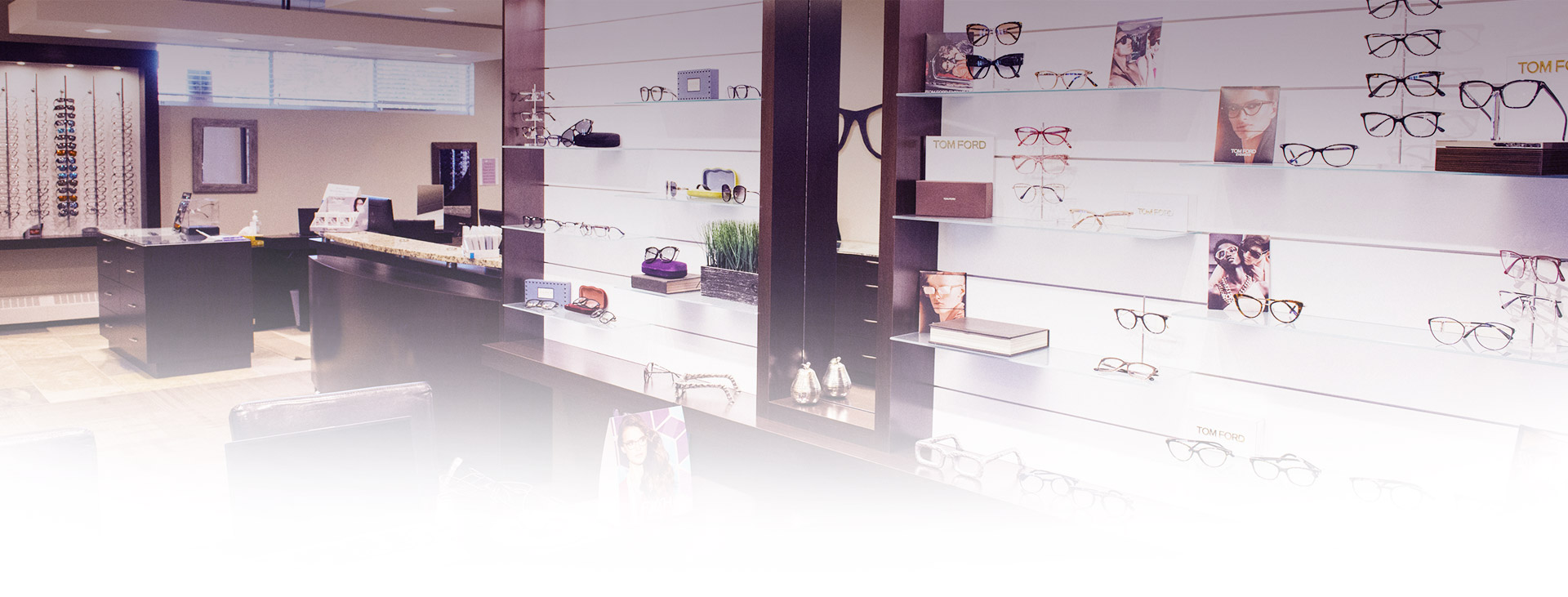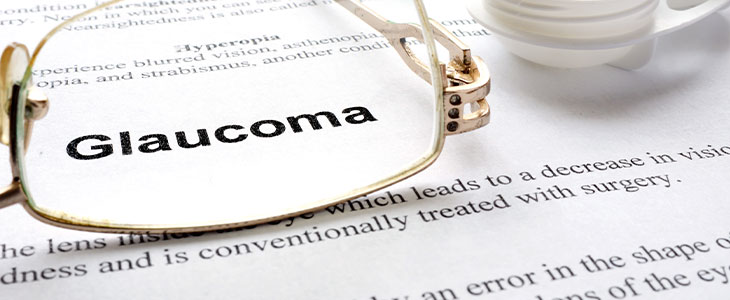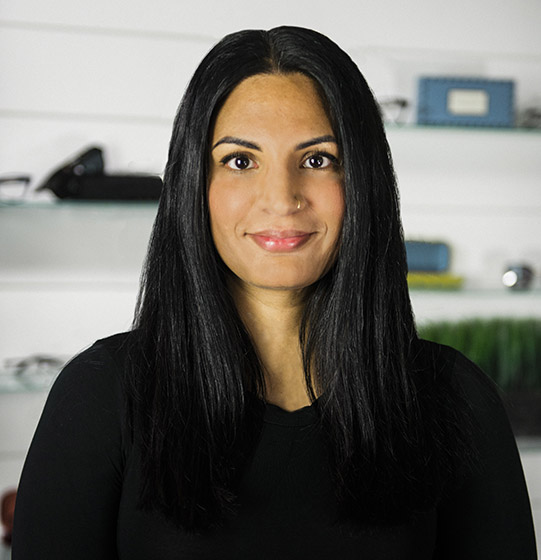Glaucoma is known to be the second-highest cause of blindness worldwide. Currently, an estimated 68 million people are affected around the world, of who almost 7 million are blind.
Glaucoma is not one specific eye disease, but rather a collection of conditions that causes your intraocular (internal) fluid to build pressure inside of your eyes, pushing against your optic nerves until it causes permanent vision loss.
However, there are ways to detect glaucoma and prevent further damage from being caused inside your eye, and this guide will help you understand which types of glaucoma affects patients and what is done to treat them.
Types Of Glaucoma
As stated at the top, glaucoma is the pressure of intraocular fluids building up inside your eye. However, the type of glaucoma you have determines how fast your symptoms can develop and the severity of the damage caused.
Open-Angle Glaucoma
Open-angle glaucoma is the most common form of the disease, affecting over 90% of patients around the world. What causes open-angle glaucoma is the blockage of the drainage canal underneath the cornea preventing intraocular fluid from passing through.
Open-angle glaucoma happens slowly over time, and patients might not know they are experiencing symptoms until they have suffered permanent damage to their vision. The best way to find out and manage open-angle glaucoma is to make sure you are making annual eye exams with your optometrist.
Angle-Closure Glaucoma
Angle-closure glaucoma is the second most common form, but it is far more dangerous to your eyes than open-angle. Angle-closure glaucoma is caused either by the complete blockage of the drainage canal in your eye or by the angle between your cornea and iris being very narrow or closed off altogether, preventing fluids from draining correctly.
Closed-angle glaucoma symptoms happen fast, and you can usually detect them. Symptoms can include blurry vision, severe eye pain, headaches, nausea, vomiting, or by seeing rings/halos around sources of light. Closed-angle glaucoma can cause permanent vision loss if not treated right away.
Research Advancements
Treating glaucoma is nothing new to modern medicine; doctors have been treating the disease for almost 150 years. However, the processes used by doctors to treat glaucoma have greatly improved in the form of new medications and surgical advancements which have made treatment for glaucoma much more manageable.
Pilocarpine is a mainstay form of eyedrop medication that doctors have been prescribing since the beginning of glaucoma treatment and research. However, it has been found that it is not a cure-all for every patient and other medications like latanoprost, bimatoprost, and tafluprost have been developed to help the individual patient conditions.
Treatment Options
Once glaucoma causes damage to your eyes, it is permanent and is non-reversible. The only options available when it comes to glaucoma are treatments that attempt to prevent further damage to your eyesight, and these treatments can be either surgical or non-surgical.
Medication
Eye drop medications are one of the most common forms of treating glaucoma while also being the safest. The drops are to be used every day to relieve eye pressure by reducing the amount of fluid your eye produces. However, to be sure which type of medications are right for you, be sure to speak to your doctor.
Laser Eye Surgery
There are two types of laser eye surgery used to help patients.
- Trabeculoplasty is for treating open-angle glaucoma. The laser opens up the drainage canal in your eye to help lower fluid pressure
- Iridotomy is for treating angle-closure glaucoma. Here, the laser creates a little hole in the iris, which allows the pressure of the fluid to decrease.
These surgeries are relatively quick, and some ophthalmologist offices offer the operations in-house.
Operating Room Surgery
These types of surgeries are some of the least common and depend on the severity of your condition.
- A surgeon performs a trabeculectomy by creating a flap in the sclera, and a small pocket-like bubble under your eyelid called a filtration bleb. Fluid will drain from the flap into the bleb where the tissue surrounding your eye then absorbs the fluids.
- Other operations can include implanting glaucoma drainage devices into your eye, like drainage tubes, where the fluids are sent through to a drainage reservoir, also created by your surgeon underneath the conjunctiva, where blood vessels absorb the fluid.
Glaucoma Is Not The End For Your Eyesight
Doctors around the world have made significant advancements in glaucoma care and research to help make the most of your vision. The best way to combat the illness, however, is to make sure you see your eye care professionals, as they are the first line of defense in the struggle against glaucoma.



